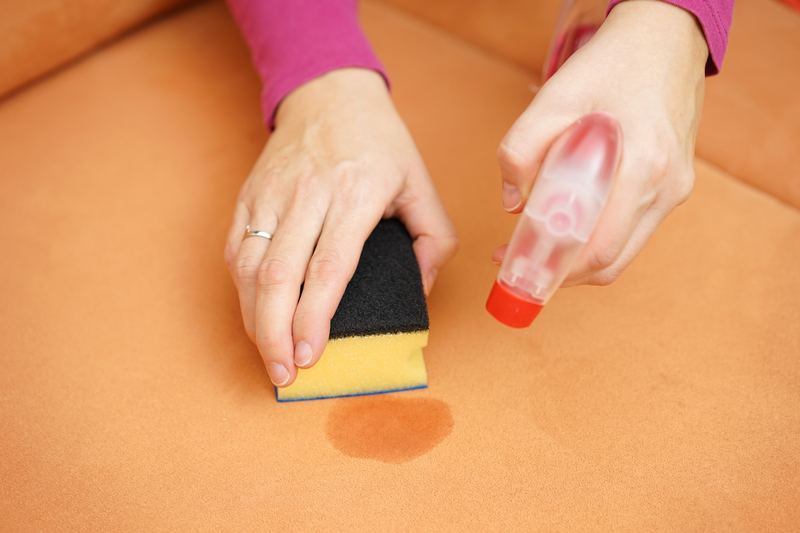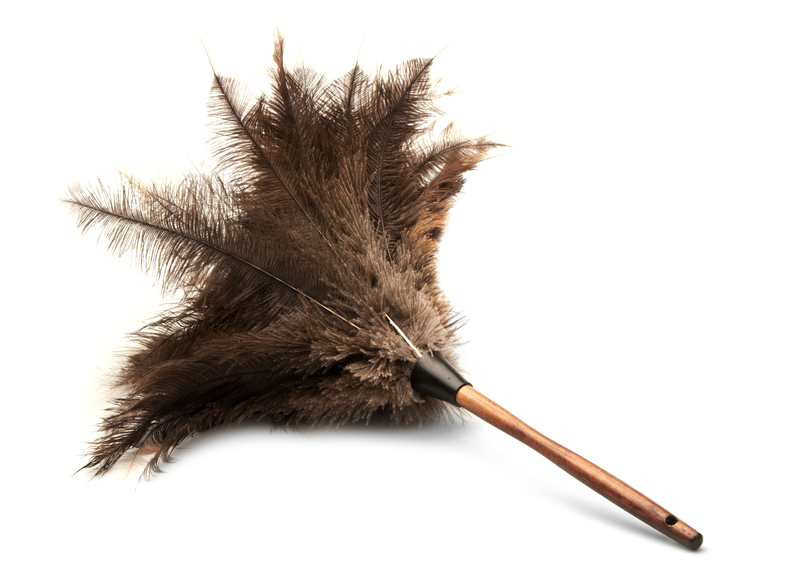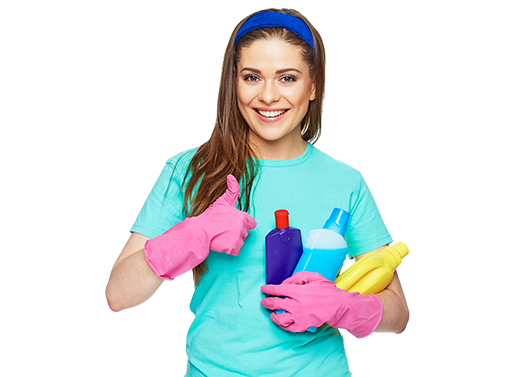Best Practices for Vacuuming Furniture
Posted on 24/07/2024

Vacuuming furniture is an important part of any home cleaning routine. Regular vacuuming helps remove dirt, dust, allergens, and other debris from upholstered surfaces. Knowing the best practices for vacuuming furniture can help you maintain the cleanliness of your home and keep your furniture looking its best for years to come. In this article, we'll explore the best methods for vacuuming couches, chairs, mattresses, and other types of furniture to ensure they stay clean and odor free.
When it comes to vacuuming furniture, the first step is to choose the right cleaning tool for the job. The type of vacuum cleaner you use will depend on the type of fabric your furniture is made out of. For leather or faux leather upholstery, a handheld vacuum is the best option as it has less suction than standard canister or upright models. A handheld vacuum also works well on velvet and other textured fabrics. For heavier fabrics like cotton or microfiber, an upright or cannister vacuum with adjustable settings is recommended.
Once you've chosen a cleaning tool that's suitable for your furniture fabric type, it's time to get started vacuuming. The key to successful vacuuming is to approach each piece methodically so you don't miss any areas. Start by moving any loose cushions aside and then move onto the main body of the couch or chair. If there are any crevices in the structure of your furniture, use an attachment with a narrow nozzle to get into those tight spots. You should also use an upholstery brush attachment to remove dirt from stitching and folds in upholstered surfaces.
Make sure you adjust your vacuum's settings to best suit the material being cleaned; too much suction can damage fabrics but not enough suction can leave behind dirt particles. For mattresses, use a low setting that won't create too much air flow while still dislodging dirt particles from its surface. When vacuuming fabric covered chaise lounges and ottomans start at one end and work in a circular motion until you've gone all the way around the piece being vacuumed - this ensures no area gets missed.
If you don't have a handheld vacuum cleaner that is suitable for upholstery care then using an old fashioned broom wrapped in a dry cloth may be effective instead. Once again start at one end and work methodically in a circular motion until you reach the opposite end of your furniture - this will help lift away built-up dust from deep within fabric fibers without damaging delicate fabrics in the process.
Finally if your furniture pieces have removable slip-covered cushions always take them off before vacuuming them separately as they may require different levels of suction than their protective covers do. These cushion covers should also be washed at least once every three months (or more regularly if heavily used), following the manufacturer's instructions for safe laundering procedures. This includes turning them inside out before washing and drying them on low heat or hanging outside on a clothing line when possible (to reduce wear).
Whether it's couches, recliners, ottomans, mattresses or sleeping bags - knowing how to properly clean and maintain upholstered items is essential for preserving their quality over time as well as preventing destructive dust mites from building up inside materials fibers. Following these easy steps will help you clean your furniture better and keep it looking new longer!




